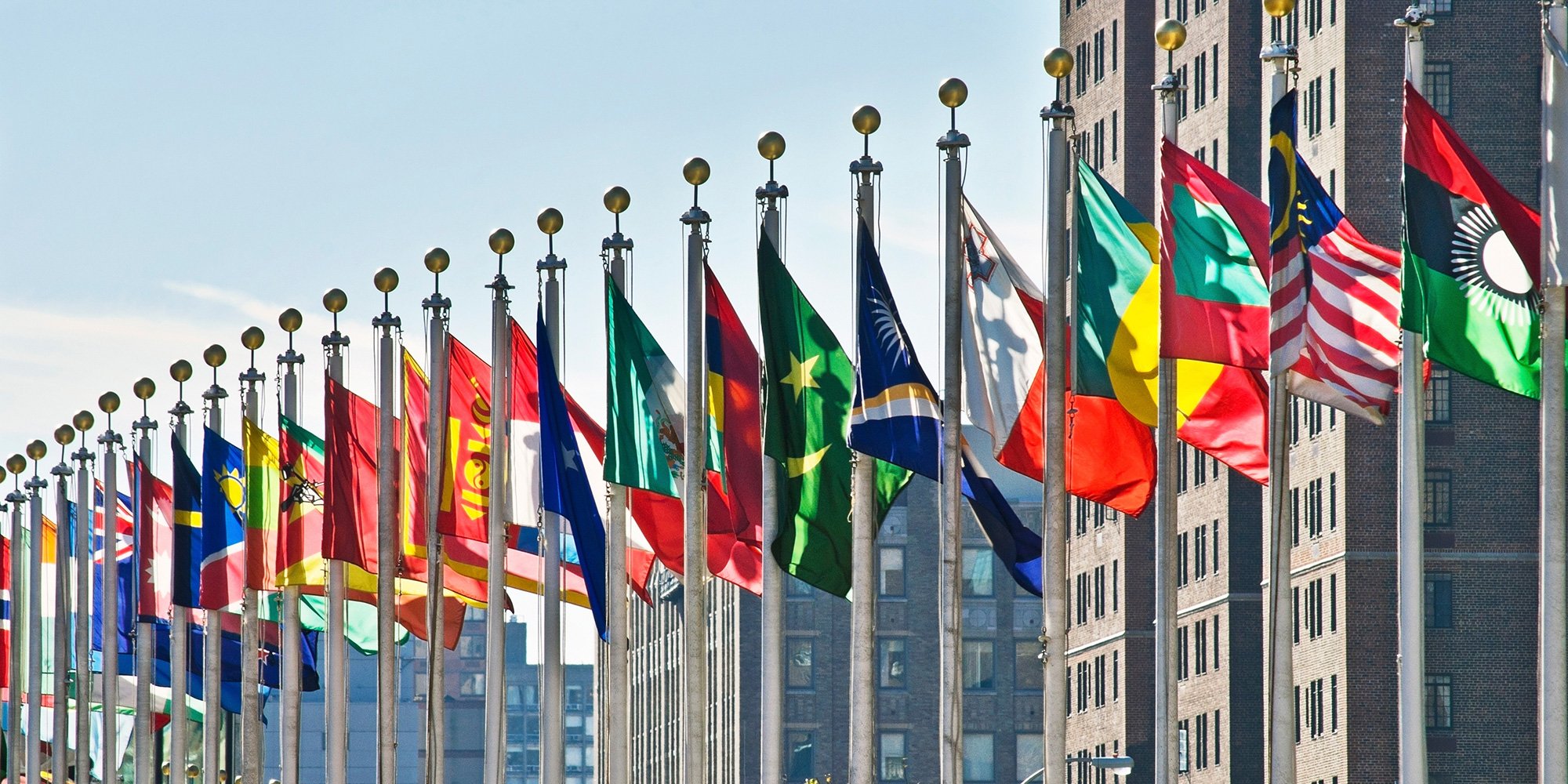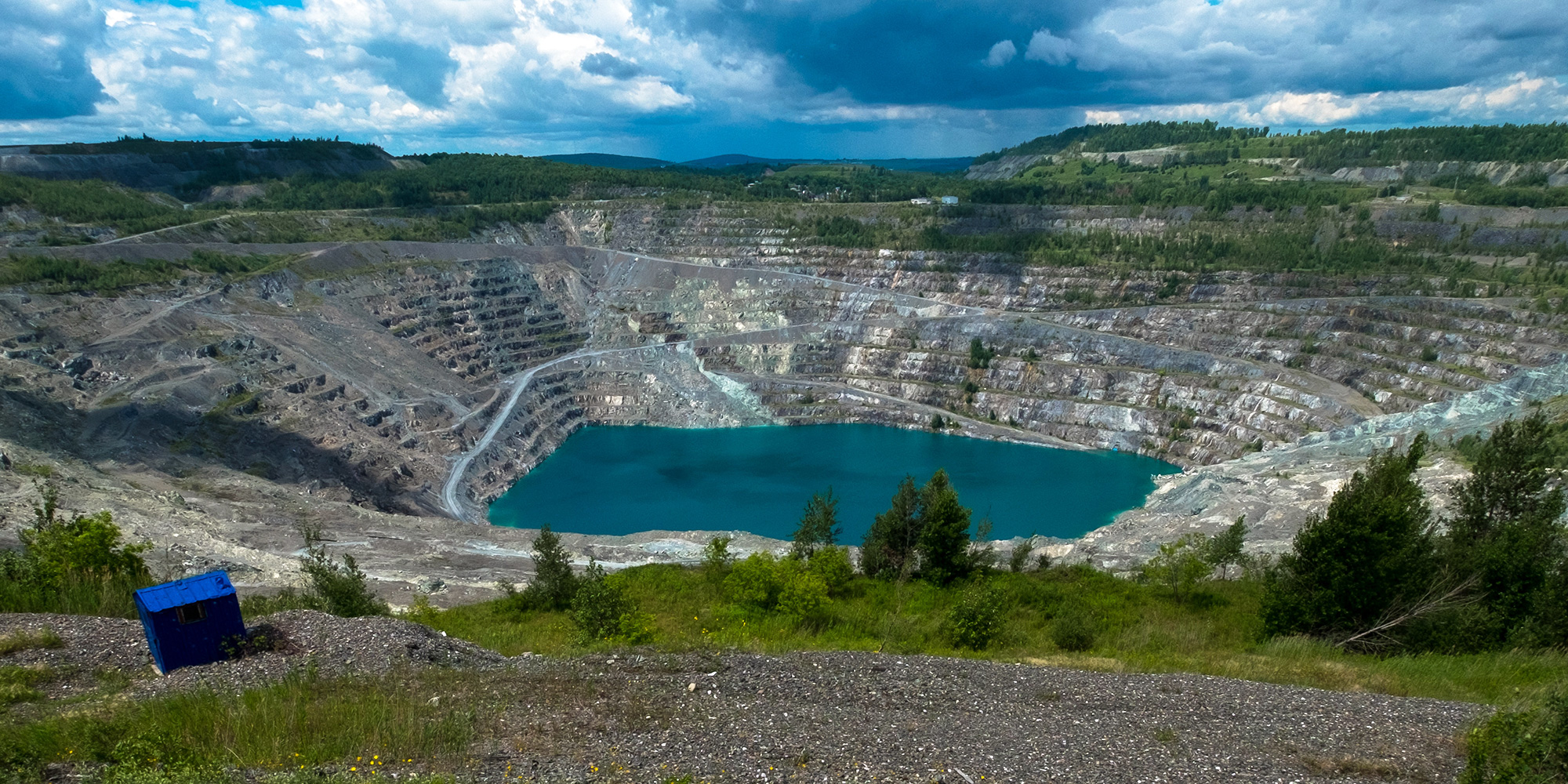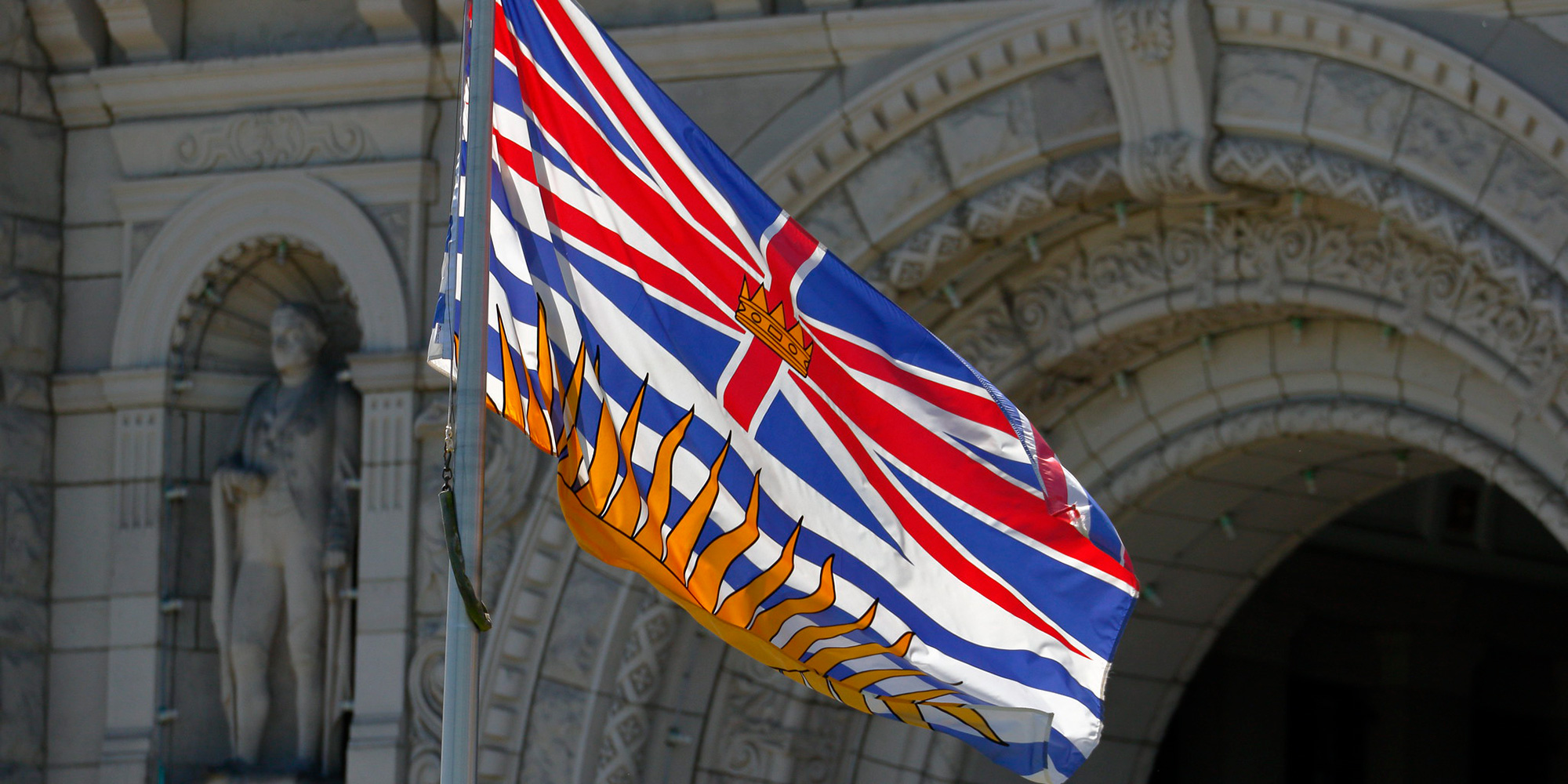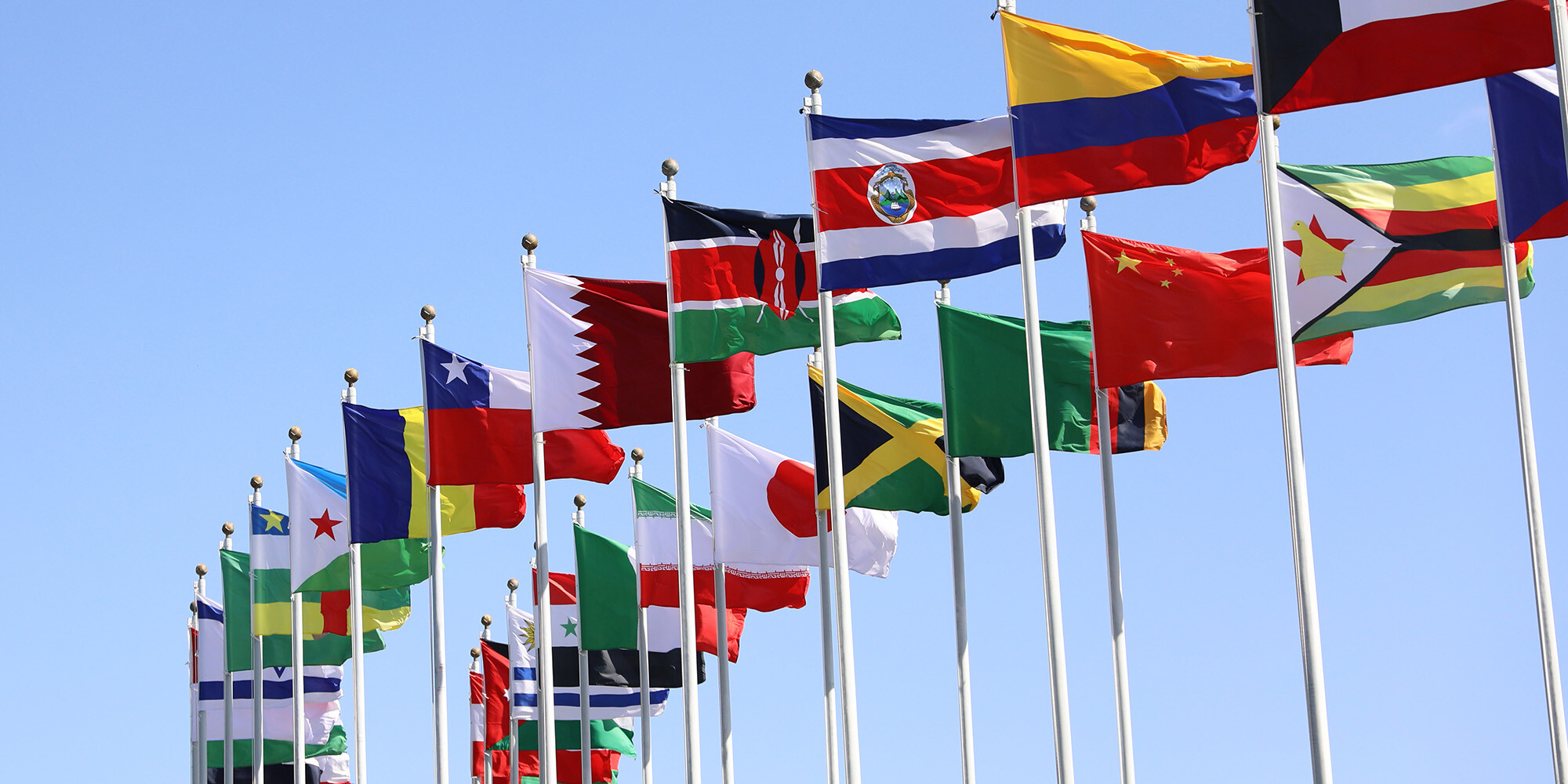Free Prior Informed Consent and Duty to Consult
Looking back Back in 2014, when we published this blog post, Canada was wrestling with the notion of Free, Prior, and Informed Consent (FPIC) and the...

The Government will move forward to introduce legislation to implement the United Nations Declaration on the Rights of Indigenous Peoples before the end of this year. [1]
As I listened to the speech from the throne on September 23, 2020, I was interested to hear a renewed promise from the federal government to implement the United Nations Declaration on the Rights of Indigenous Peoples. Before the end of this calendar year. That’s an admirable goal, but one I am not sure we will see reach fruition, given that the world is engulfed in a global pandemic and nations are struggling to stimulate economic growth and get their citizens safely back to work and their children safely back to school. Still, I have my fingers crossed.
Canada has come relatively close to the Implementation of the Declaration and in much less turbulent times. Bill C-262, a Private Members’ Bill, An Act to ensure that the laws of Canada are in harmony with the United Nations Declaration on the Rights of Indigenous Peoples, a Private Members’ Bill, made it as far as the second reading but died on the vine in September 2019.
During the debate on Bill C-262, the federal Conservative’s stance was that s.35 of the Canadian Constitution Act, 1982, defined Indigenous rights. Mentioned as an example of how s.35 defines rights is the Mi’kmaq and Maliseet treaty right to catch and sell fish. Twenty-one years later, the reality is that Mi’kmaq fishers are experiencing violence, sabotage and opposition to their right to catch and sell fish because s.35 does not go far enough in that it doesn’t define what those rights are.
Before addressing the private member's bill, I would like to make a general observation. Section 35 of our Constitution and Canada's existing laws has in the past, and will in the future, ensure that indigenous rights are protected in Canada. We only need to reflect on several historical court decisions to understand how section 35 is shaping these rights. From the 1999 Marshall decision that confirmed the Mi'kmaq and Maliseet treaty right to catch and sell fish, to the 2014 Tsilhqot'in decision that granted aboriginal title to more than 1,700 sq kilometres of territory, a first in Canadian law, it is clear that our understanding of indigenous rights is constantly evolving. [emphasis added] [2]
The current leader of the federal Conservative party, Erin O’Toole has stated publicly in several interviews that he is not a fan of the Declaration:
“I am not a fan of UNDRIP and here’s the reason. The Supreme Court of Canada developed duty to consult and Indigenous engagement far before the UN did any work on this topic. . . I don’t want us waiting for somebody in New York to say we need to do better and we need better outcomes in terms of reconciliation.” [3]
The issue with s.35 is that although it “recognizes and affirms the existing aboriginal and treaty rights of the aboriginal peoples of Canada'' it has fallen short from a consent perspective in terms of consultation. In the Delgamuukw and Gisday'way decision the Supreme Court stated, “In most cases, it will be significantly deeper than mere consultation. Some cases may even require the full consent of an aboriginal nation, particularly when provinces enact hunting and fishing regulations in relation to aboriginal lands.” [4] Indigenous Peoples want to be in a position to grant consent while governments have pointed to the fact that Indigenous Peoples can’t veto consultation. Developers are often left in the middle of the conflict, unsure of how to proceed in such a risky environment.
The issue with the UN Declaration is the concept of FPIC or Free, Prior, Informed, Consent. What does FPIC mean? Article 32.1 of the Declaration defines it as:
Article 32.1
States shall consult and cooperate in good faith with the indigenous peoples concerned through their own representative institutions in order to obtain their free, and informed consent prior to the approval of any project affecting their lands or territories and other resources, particularly in connection with the development, utilization or exploitation of mineral, water or other resources. [emphasis added]
The challenge of implementing the Declaration in the Canadian context is the end goal of consultation. S.35 says beyond mere consultation, and in some cases, full consent whereas FPIC says to get their free, prior, and informed consent.
You can now see who favours s.35 consultation and why and who favours the UN Declaration consultation and why. In our Indigenous Consultation & Engagement course, I explain that In the duty to consult there is no veto according to cases like the Haida decision. So what’s a resource developer to do given this difference between the international setting (FPIC) and the Canadian setting? The smart money is simple: don’t get bogged down in which standard to use and move your engagement activities toward the consent end of the spectrum as a way to hedge your bet and create economic certainty. Anything less and you leave yourself open to legal challenges and therefore project delays.
It would be great to complete the process of Implementation of the Declaration as it would build on s.35 by moving consultation further along the "beyond mere consultation" spectrum, pushing it towards the consent end of the spectrum. The resource sector would approach consultation, knowing they were required by law to obtain free, prior and informed consent and in doing so, avoid costly litigation and project delays. I’ve always said, if you get a community's consent, you don’t have to worry about the veto.
The road to implementation of the United Nations Declaration on the Rights of Indigenous Peoples has been long and winding, with hills and detours. But it is not a dead-end road. We have, with the Declaration, an opportunity to do better as a country, to not resort to violence against each other, to understand our history, to honour the spirit and intent of the historical treaties, and to tackle the legacy of colonialism and advance reconciliation. By the way, did you know that the Declaration will be the basis for reconciliation? The two are tied together.
Included in the Truth and Reconciliation Commission of Canada’s calls to action is #43 which calls upon the federal government “to fully adopt and implement the United Nations Declaration on the Rights of Indigenous Peoples as the framework for reconciliation.” And in the call to action #44, the Commission calls upon the government to “develop a national action plan, strategies, and other concrete measures to achieve the goals of the United Nations Declaration on the Rights of Indigenous Peoples.”
What can you do to support the implementation of the Declaration? Understanding it is an essential first step. If you want to learn more about the Declaration, consider taking our Working Effectively with the UN Declaration on the Rights of Indigenous Peoples which is available for individuals and organizations from our Indigenous Relations Academy.
Join the conversation! If you are active on social media, voice your support and call for others to join the conversation. Use these hashtags: #workingwiththeDeclaration and #implementtheDeclaration. Also, let politicians in your area know how important it is to implement the Declaration.
[1] A stronger and more resilient Canada, Speech from the Throne, Sept 23, 2020
[2] Private Members’ Bill Response speech Cathy McLeod (Conservative) 2017-12-05 (1825)
[3]Erin O'Toole, Conservative Leader Ahkameyimok Podcast with National Chief Perry Bellegarde (20:28 mark)
[4] Delgamuukw v. British Columbia, 1997 CanLII 302 (SCC), [1997] 3 SCR 1010
Featured photo: Shutterstock

Looking back Back in 2014, when we published this blog post, Canada was wrestling with the notion of Free, Prior, and Informed Consent (FPIC) and the...

During the 2019 federal election, the U.N. Declaration on the Rights of Indigenous Peoples (the Declaration) was included in four (absent from the...

In 2007, the UN General Assembly adopted the United Nations Declaration on the Rights of Indigenous Peoples. Six of the 46 Articles that make up the...